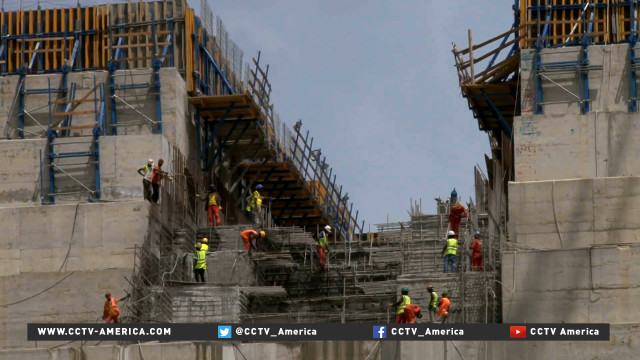Land-locked in isolation, Ethiopia has a history of famine and food insecurity. A scene that is rapidly transforming. According to the World Bank, Ethiopia’s economy is forecast to grow by more than 10 percent over the next year, making it one of the best performers across the globe. Since 2013, more than one million Ethiopians have essentially pulled themselves out of poverty. With a growing GDP and blossoming middle class, Ethiopia may be poised to conquer poverty.
Ethiopia is fast becoming the economic lion of Africa, and much of its growth can be attributed to agriculture. According to the U.S. Agency for International Development, more than 80 percent of the population lives in rural areas and relies on growing crops. But now, the Ethiopian Government is making a push into textiles and manufacturing, too. CCTV’s Girum Chala has more.

For more on the growth of Ethiopia, The Heat spoke with following guests:
- Elsje Fourie from London. He is the assistant professor of Globalization and Development with the University of Maastricht in the Netherlands.
- Zemedeneh Negatu from Dubai, He is the managing partner for Ernst and Young in Ethiopia.
- Ted Alemayhu from San Francisco. He is the founder and executive chairman of U.S. Doctors for Africa.

U.S. President Barack Obama’s historic Africa trip this week ended with a stop in Ethiopia, where economic growth has grown by leaps and bounds. We break out some of the key statistics below, comparing Ethiopia to Kenya (the other country Obama visited during this trip), and to the sub-Saharan Africa region as a whole.





Data: World Bank. Sub-Saharan Africa includes developing countries only.

 CGTN America
CGTN America


